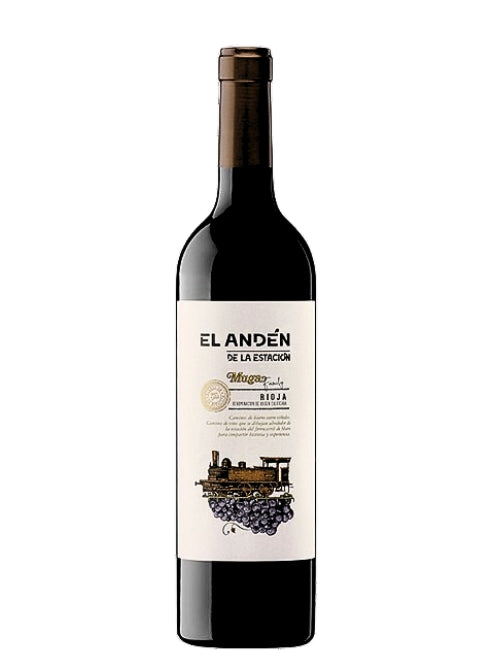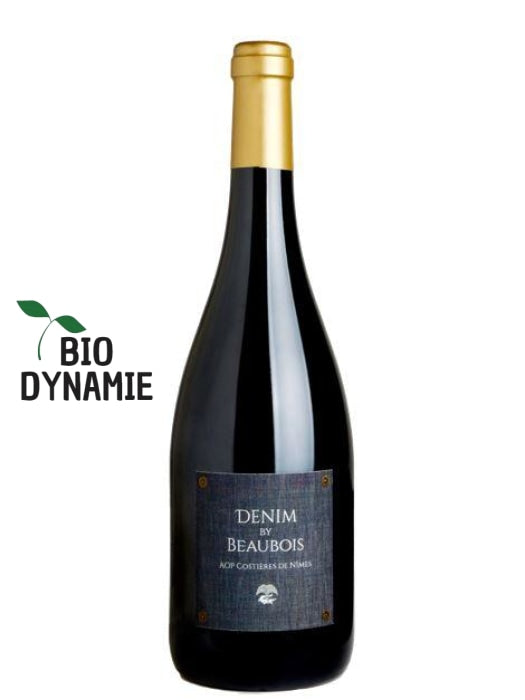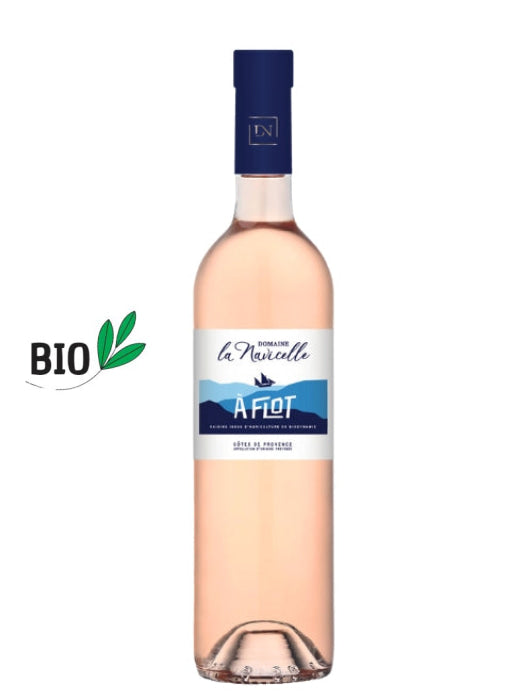THE Grenache noir East a major grape variety on the world wine chessboard. With more than 163,000 hectares planted in the world including 81,000 ha in France , this one is simply the 7th grape variety of the vat the most planted internationally and the 3rd in France , behind the Merlot and Ugni Blanc.
In this article, we will delve into his captivating world and explore its origins , his presence in the world, its aromatic profile , its gastronomic agreements as well as its storage capacity .
Have a good trip !
Origins and cultivation of Grenache noir
Grenache noir is native from Spain , and more precisely of Aragon , a region located in the northeast of the country (east of La Rioja) where its culture dates back more than 2000 years . From the Middle Ages , this one is introduced in France where it was brought back by pilgrims returning from Santiago de Compostela. At the same time, it was exported throughout the Mediterranean basin ( Corsica , Sardinia, Italy , Greece etc.).
From the 19th century, its culture extends all over the world and there Garnacha , as it is called in Spain, is gradually becoming one of the most planted varieties in the world Today, it is found in the United States, Argentina, Chile, Mexico, and Australia, among other places.
Nevertheless, France and Spain remain to this day the countries of choice for Grenache noir, counting for approximately 90% of world production .
In Spain today it is mainly grown in the north of the country, particularly in the regions of Castile and Leon, Catalonia and Rioja . Within the latter, it often completes the Tempranillo , the star variety of the vineyard, while it is the most important grape variety in an appellation like Priorat , in Catalonia.
In France, there Rhone Valley is his favorite region. He represents there in fact 65% of local grape varieties in red and is the majority variety within renowned appellations such as Rhone Valley , Vacqueyras , Chateauneuf-du-Pape , Gigondas or even Beaumes-de-Venice . In fact, Grenache is very mainly present in the southern part from the region
Beyond the Rhone Valley, Grenache is also well established within the Languedoc-Roussillon where he is second most common grape variety after Syrah . It allows here to realize red wines dry but also sublime Natural Sweet Wines (VDN) .
In Provence , Grenache noir represents 40% of the entire vineyard and is mainly used for the manufacture of rosés , especially on AOC Côtes de Provence . Finally, we also find this one in Corsica , whether for the production of rosés or reds.
Characteristics and aromatic profile of Grenache noir
Grenache noir is renowned for being productive. He therefore gives at its best on poor soils and when it is led to low yield This is why it expresses very good aptitudes in the Mediterranean, where these two factors are generally combined, notably thanks to a hot and dry climate.
During winemaking, this is sensitive to oxidation and requires great attention in the cellar for the winemaker. Furthermore, Grenache has the particularity of concentrating a high level of sugar in its berries and therefore to be able to produce wines with A high alcohol level . If this ability may be a problem for classic red or rosé wines (especially with global warming), this is a remarkable aptitude for the production of Natural Sweet Wines ( Maury , Banyuls), these delicious fortified wines with a significant proportion of residual sugars.
Concerning her aromatic profile , this one is reputed as attractive, warm and delicious . Indeed, a young red wine made from this variety regularly presents a profile fruity charming and voluptuous , evoking notes of black cherry, blackberry, strawberry, raspberry and pepper. Depending on the terroir, garrigue notes or of cocoa may also appear.
Finally, old vintages Grenache will tend to exhibit aromas of candied black fruits (prune in particular) as well as notes of roasting (coffee, chocolate).
Food and wine pairings and serving temperature
Grenache noir is a fabulous partner when it comes to sitting down to eat. His gourmet side as well as its soft tannins allow it to be paired with a myriad of dishes.
Thus, a young, fruity Grenache will combine ideally with a platter of cold meats or some white meats . For his part, a Grenache complex and intense will be a partner of choice for red meats (beef, lamb, squab) or of game .
Concerning THE rosés based on Grenache, these generally go wonderfully with summer dishes as well as seafood And grilled fish .
Finally, a Natural Sweet Wine based on Grenache will pair magically with of the blue cheeses (Roquefort, Blue etc.) as well as s desserts made with dark chocolate, coffee or dried fruit!
From a point of view serving temperature , it is advisable to serve red wines made from Grenache between 16 and 18°C . Indeed, the wines may have a high alcohol content, it is important to respect a moderate serving temperature, at the risk to strengthen an aromatic profile based on alcohol . For the Natural Sweet Wines , a service around the 11-13°C is recommended so that they retain a certain freshness when tasting.
Grenache: what aging potential? ?
The aging potential of Grenache wines can vary considerably depending on wine profiles .
In fact, a Grenache vinified into a dry red wine and evolving on the fruit and delicacy (like a good Côtes-du-Rhône for example) will present limited custody and will be drunk while young (1 to 5 years maximum).
On the contrary, a Grenache harvested with low yields , from noble terroirs and vinified for many months in oak barrels (as is often the case in Châteauneuf-du-Pape for example) will be able to easily claim to him a guard of several decades .
Furthermore, when Grenache is blended with other varieties, as is often the case with the Syrah and the Mourvèdre , it is then complex to make absolute generalizations on the storage capacity. In fact, this will depend once again on the varieties assembled, the quality of their terroirs as well as the style of vinification (container, duration, etc.). Note nevertheless that most of these wines will keep without problem between 5 and 8 years old .
Concerning the rosés , it is advisable to drink them for the first two to three years in order to preserve their fruity aroma as well as their finesse.
Finally, Natural Sweet Wines constitute a separate category. Indeed, due to their long and atypical breeding (sometimes over several decades), their mutation, as well as their high sugar level, These are preserved for very long periods …sometimes more than 100 years! Once again, this will depend on the yields achieved, the quality of the plant material, the terroirs and the length of time the wines are aged.
The best wines made from Grenache
Although it is difficult to give an exhaustive list of the best wines made from the Grenache noir grape variety, here are a selection made by La Cave Éclairée who will give you a great overview of this strain's capabilities .From Grenache for pleasure to great wine for laying down, there is something for everyone. all tastes and budgets !
- Rhone - Stéphane Ogier - Côtes-du-Rhône - The time has come red
- Rhone - Château de la Selve - IGP Coteaux de l'Ardèche - Little Forest
- Rhone - Pierre Usseglio Estate - Châteauneuf-du-Pape - Red tradition
- Rhone - Piéblanc Estate - Beaumes-de-Venise - The Heights
- Corsica - Yves Leccia - IGP Ile de Beauté - YL red
- Provence - Navicelle Estate - Côtes-de-Provence - Rosé Navicelle
- Languedoc-Roussillon - The Owl of the Cellar - Wine of France - Self-portrait
- Languedoc-Roussillon - Mas Amiel - Maury Vin Doux Naturel - 20 years old
So, You now know almost everything about Grenache ! All you have to do is combine theory with practice in order to discover all its richness and be able to compare its different expressions according to the regions.
Also, if you need any advice, The Illuminated Cellar is of course always at your disposal. Cheers!































